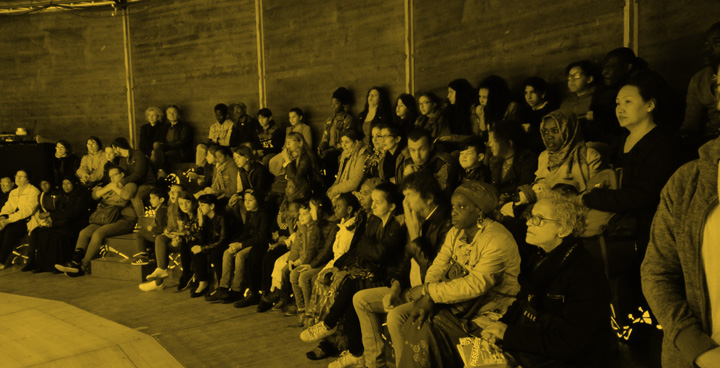You are a social structure in the Greater Region? Discover the Berenice network, and integrate it!
Les structures culturelles et sociales de la Grande Région sont confrontées aux mêmes enjeux transfrontaliers, à savoir :
How to welcome and integrate the foreign populations resulting from the waves of recent migrations?
How can we combat all forms of discrimination?
How can a shared identity and solidarity emerge?
How can people living far from major urban centers benefit from a demanding and popular cultural offer?
The cultural and social structures partners share their knowledge and their work in order to bring a cultural, artistic and social response common to the Greater Region through the setting up of the Bérénice network.
Bérénice makes it possible to intensify cooperation between the administrations and actors of the social field and the cultural field. Bérénice makes it possible to strengthen mutual understanding between populations.
Different cross-border countries do not have the same approach and definition on issues of identity, communities and migration. Enrolling in a cross-border approach means allowing different partners on both sides of the border to come together to find common solutions. It is a means of pooling human and financial resources to innovate, invent and experiment new approaches to inclusive cultural actions.
Finally, it allows artists from the Greater Region to embark on a cross-border creation process and to develop internationally.
Originally promoted by the five main partners of the Bérénice network, we wish to disseminate cultural projects more widely so that labeled shows can be hosted within the other broadcasting structures of the Greater Region and thus reach a maximum audience in the most Vast.
SAVE THE DATE !
In April 2018, a cross-border colloquium will be held in Trier, with the aim of perpetuating this networking. This meeting of the different social and cultural actors of the Greater Region will allow an exchange of good practices in mediation and to consider how to better collaborate to develop the social inclusion of minority populations.
Are you interested?


